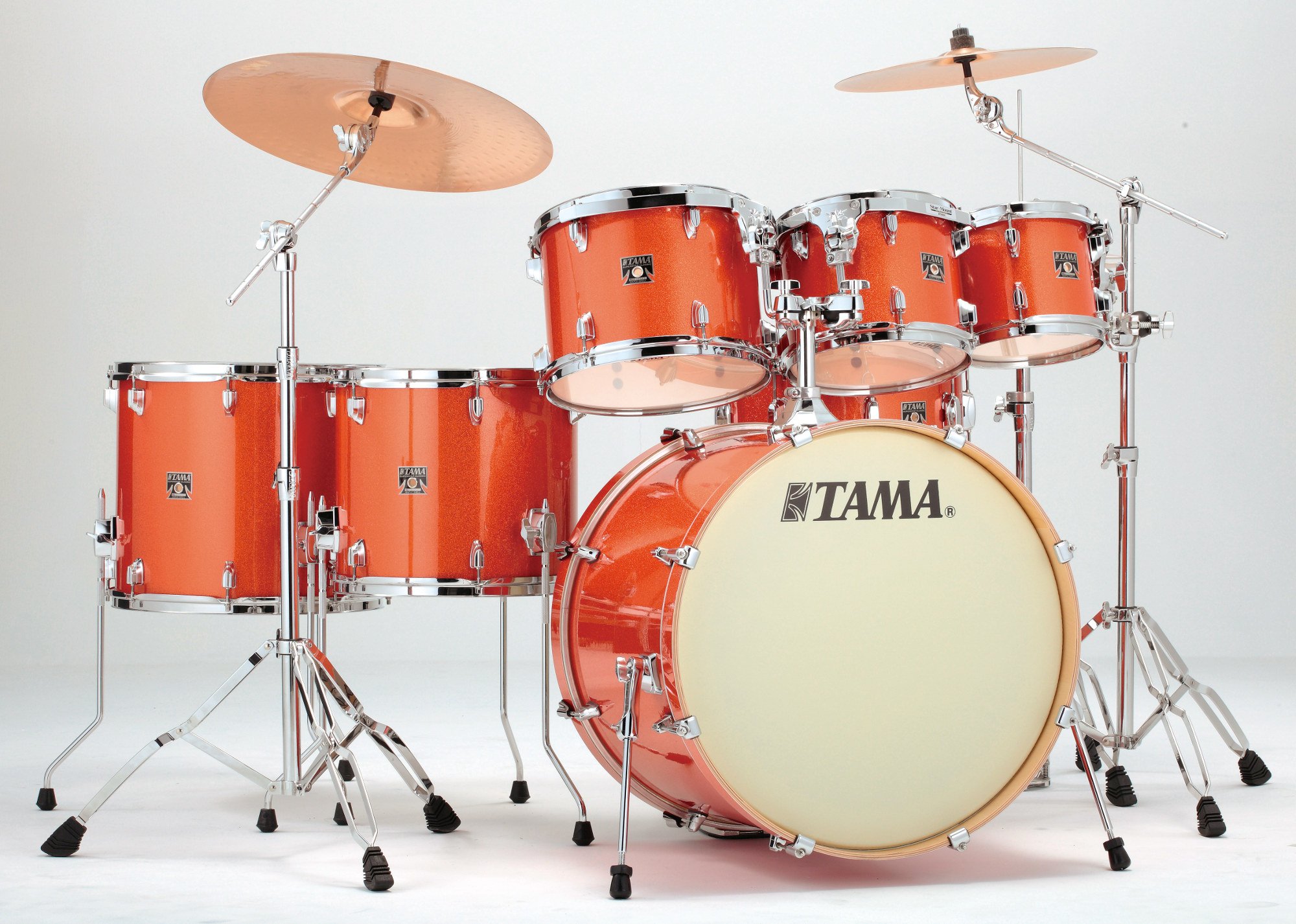Drums 👍🏾
Music for the Soul

The drum is a member of the percussion group of musical instruments. In the Hornbostel-Sachs classification system, it is a membranophone. Drums consist of at least one membrane, called a drumhead or drum skin, that is stretched over a shell and struck, either directly with the player's hands, or with a percussion mallet, to produce sound.
There is usually a resonance head on the underside of the drum, typically tuned to a slightly lower pitch than the top drumhead. Other techniques have been used to cause drums to make sound, such as the thumb roll. Drums are the world's oldest and most ubiquitous musical instruments, and the basic design has remained virtually unchanged for thousands of years.
Drums may be played individually, with the player using a single drum, and some drums such as the djembe are almost always played in this way. Others e normally played in a set of two or more, all played by the one player, such as bongo drums and timpani. A number of different drums together with cymbals form the basic modern drum kit.
Several factors determine the sound a drum produces, including the type, shape and construction of the drum shell, the type of drum heads it has, and the tension of these drumheads. Different drum sounds have different uses in music. For example, the modern Tom-tom drum. A jazz drummer may want drums that are high pitched, resonant and quiet whereas a rock drummer may prefer drums that are loud, dry and low-pitched.
The drum head has the most effect on how a drum sounds. Each type of drum head serves its own musical purpose and has its own unique sound. Double-ply drumheads dampen high frequency harmonics because they are heavier and they are suited to heavy playing.[3] Drum heads with a white, textured coating on them muffle the overtones of the drum head slightly, producing a less diverse pitch. Drum heads with central silver or black dots tend to muffle the overtones even more, while drum heads with perimeter sound rings mostly eliminate overtones. Some jazz drummers avoid using thick drum heads, preferring single ply drum heads or drum heads with no muffling. Rock drummers often prefer the thicker or coated drum heads.
The second biggest factor that affects drum sound is head tension against the shell. When the hoop is placed around the drum head and shell and tightened down with tension rods, the tension of the head can be adjusted. When the tension is increased, the amplitude of the sound is reduced and the frequency is increased, making the pitch higher and the volume lower.
The type of shell also affects the sound of a drum. Because the vibrations resonate in the shell of the drum, the shell can be used to increase the volume and to manipulate the type of sound produced. The larger the diameter of the shell, the lower the pitch. The larger the depth of the drum, the louder the volume. Shell thickness also determines the volume of drums. Thicker shells produce louder drums. Mahogany raises the frequency of low pitches and keeps higher frequencies at about the same speed. When choosing a set of shells, a jazz drummer may want smaller maple shells, while a rock drummer may want larger birch shells.
👉🏾 Learn More! 👈🏾